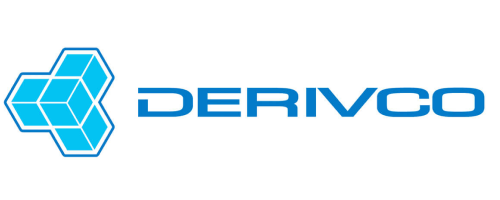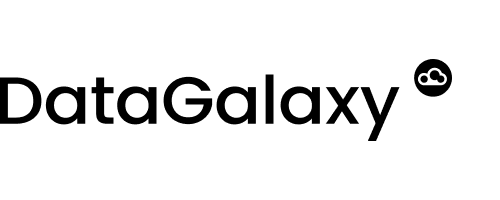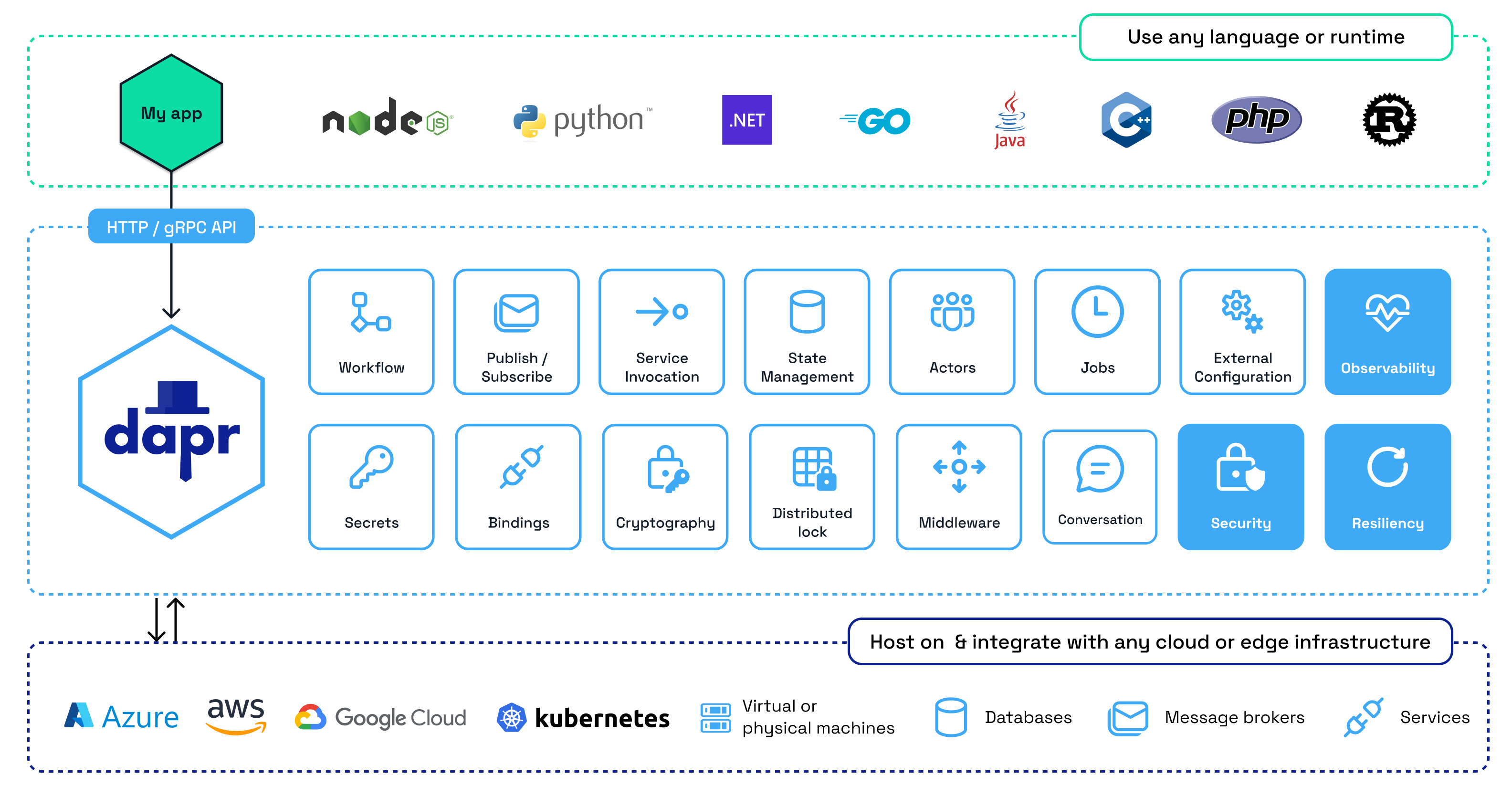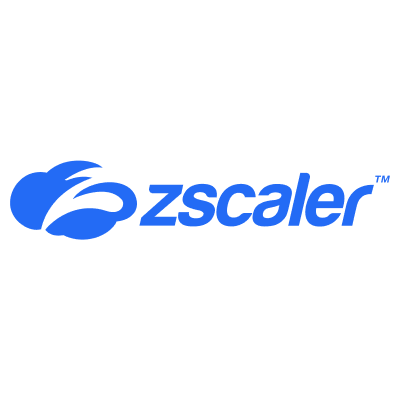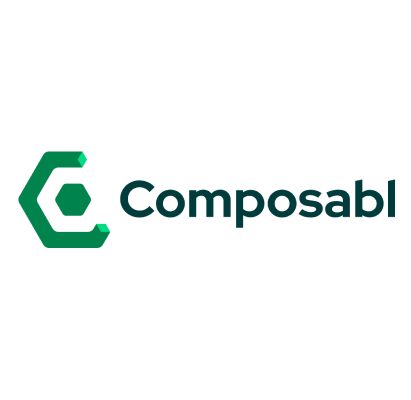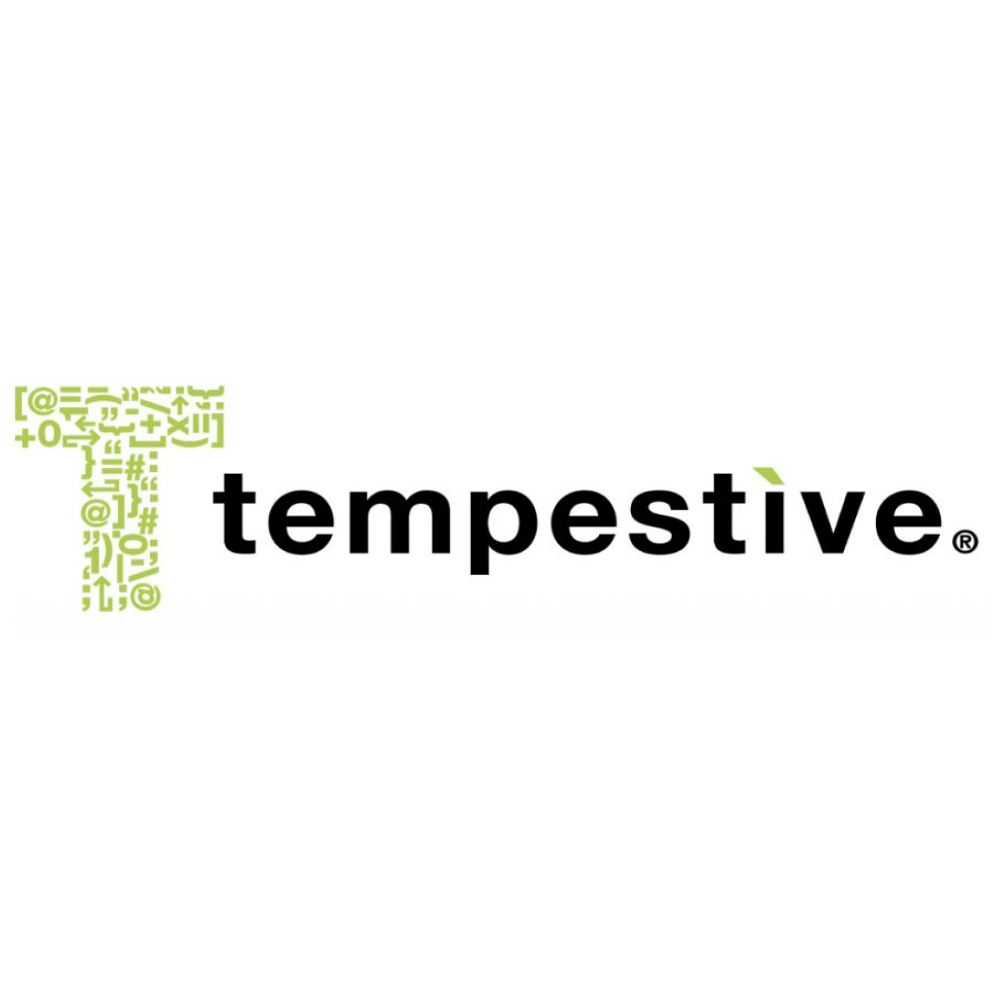APIs for Building Secure and Reliable Microservices and Agentic AI Systems
Dapr provides APIs for communication, state, workflow, and agentic AI. The APIs decouple the application code from the underlying infrastructure ensuring flexibility and portability. Dapr leverages industry best practices for security, resiliency, and observability, so you can focus on your code.



